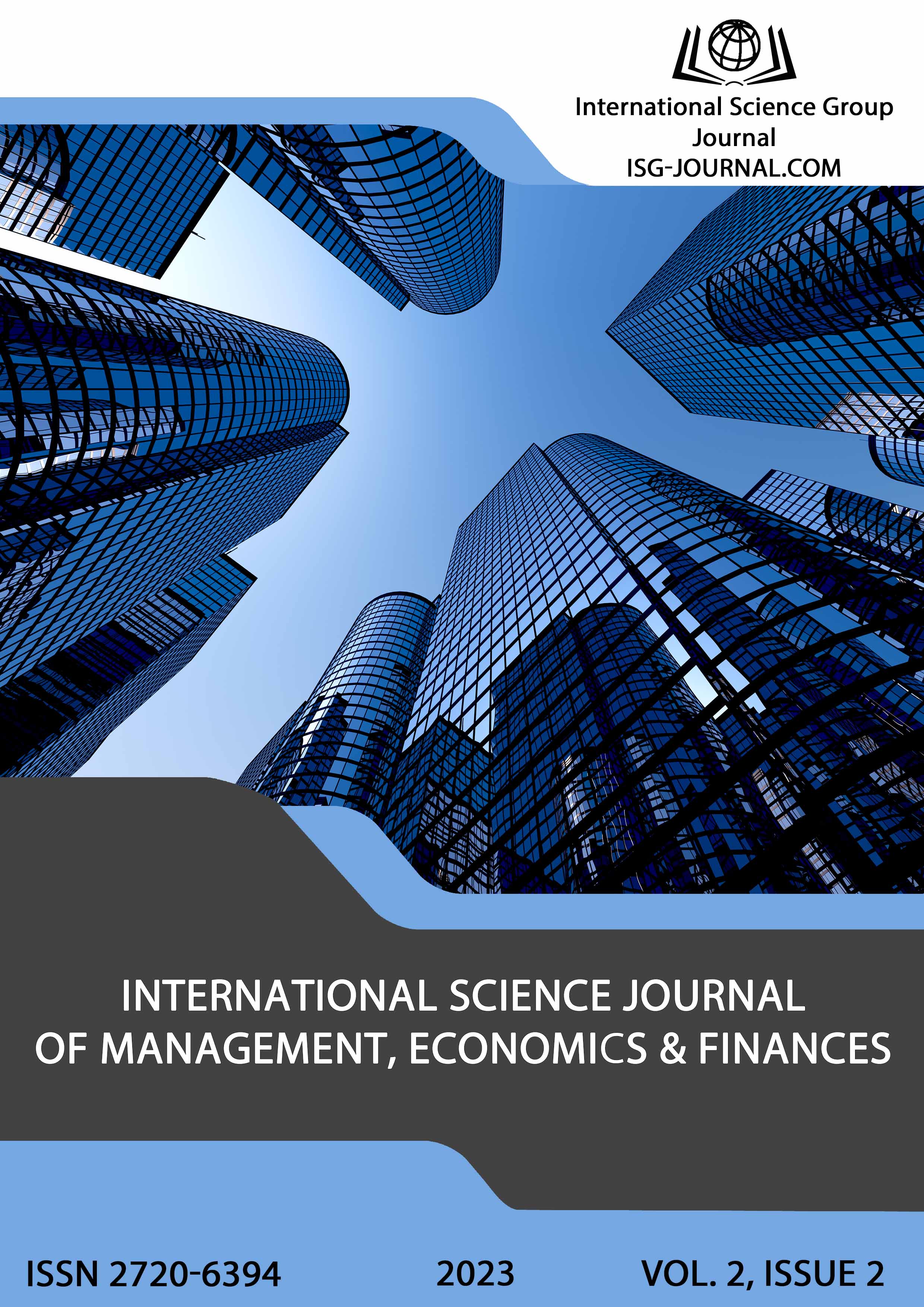The role of universities in innovative development: USA and Canada experience
DOI:
https://doi.org/10.46299/j.isjmef.20230202.01Keywords:
innovation, innovative development, university, entrepreneurship, technology transfer, strategyAbstract
In the modern economic development strategies of the USA and Canada regions, the focus of higher education institutions on innovation and entrepreneurship prevails, which is due to the key contribution of these types of activities to the growth of the national and regional economy. The work examines the trend of involving more and more American and Canadian universities and colleges in programs and projects of economic development, as well as experiments with various forms of implementation of their own strategies, including a mandatory educational element. The advantages that business partners can receive from cooperation with the university have been determined. Organizations can connect with the world's leading researchers to help solve important challenges, and participate in and support cutting-edge research in an area of industry interest. Additional benefits may include access to: research infrastructure or specialized equipment at the university and experts who can facilitate technology transfer; to trainees and graduates who want to get a job: to possible funding through grants or other programs that help cover the costs of a research project. A comprehensive approach to the development of the regional economy based on the combined efforts of all interested participants allows to more fully reveal the potential of higher education resources to meet the economic needs of society.
References
Drucker, J. & Goldstein, H. A. (2007). Assessing the regional economic development impacts of universities: a review of current approaches. International Regional Science Review, vol. 30, pp. 20-46. DOI: 10.1177/0160017606296731
Drucker, J. (2015). Reconsidering the Regional Economic Development Impacts of Higher Education Institutions in the United States. Regional Studies, vol. 50, no. 7, pp. 1185-1202. DOI: 10.1080/00343404.2014.986083
Vogel, R. & Keen, W. H. (2010). Public higher education and New York State’s economy. Economic Development Quarterly, vol. 24, pp. 384-393. DOI: 10.1177/0891242410370681
Varga, A. (2000). Local academic knowledge transfers and the concentration of economic activity. Journal of Regional Science, vol. 40, pp. 289-309. DOI: 10.1111/0022-4146.00175
Uyarra, E. (2010). Conceptualizing the regional roles of universities, implications and contradictions. European Planning Studies, vol. 18, pp. 1227-1246. DOI: 10.1080/09654311003791275
Lendel, I. (2010). The impact of research universities on regional economies: the concept of university products. Economic Development Quarterly, vol. 24, pp. 210-230. DOI: 10.1177/0891242410366561
McKinsey & Company. G20 Young Entrepreneur Summit. (October 2011). The Power of Many: Realizing the Socioeconomic Potential of Entrepreneurs in the 21st Century Economy. Available at: http://www.iblfrussia.org/files/The_Power_of_Many-_McKinsey_Report-_20110310.pdf. (accessed 16.03.2023).
National Research Council. (2012). Rising to the Challenge: U. S. Innovation Policy for the Global Economy. Washington, DC, The National Academies Press. Available at: https://doi.org/10.17226/13386. (accessed 16.03.2023).
U. S. Department of Commerce. Economic Development Administration. Office of Innovation and Entrepreneurship. (October 2013). The Innovative and Entrepreneurial University: Higher Education, Innovation & Entrepreneurship in Focus. Available at: https://www.eda.gov/pdf/the_innovative_and_entrepreneurial_university_report.pdf (accessed 12.03.2023).
Association of University Technology Managers. Connect and Collaborate Virtual Events. Available at: https://www.autm.net/ (accessed 16.03.2023).
U. S. Economic Development Administration. University Center Economic Development Program. Available at: https://www.eda.gov/programs/university-centers/ (accessed 16.03.2023).
Lyon, K. (2015). The Evolving Role of Higher Education in Community Engagement and Economic Development [Dr. Diss. (Educ.)]. Arkansas. 138 p.
National Science Foundation. National Science Board. (2018). Science & Engineering Indictors. Available at: https://www.nsf.gov/statistics/2018/nsb20181/report (accessed 16.03.2023).
National Science Foundation. National Science Board. (2021). Science & Engineering Indictors. Available at: https://www.nsf.gov/statistics/2021/nsb20211/report (accessed 16.03.2023).
R&D World. (Spring 2022). Global R&D Funding Forecast 2022. Available at: https://forecast.rdworldonline.com/product/2022-global-rd-funding-forecast/ (accessed 16.03.2023).
Sea Grant. National Sea Grant College Program. Available at: https://seagrant.noaa.gov/ (accessed 15.03.2023).
U. S. Economic Development Administration. Making Connections, Evaluation Project to Best Practices in EDA’s University Center Program. Available at: https://www.eda.gov/files/ programs/university-centers/uc-tools/Evaluation-of-UC-Best-Practices.pdf (accessed 14.03.2023).
University of Toronto. Research & Innovation. Available at: https://research.utoronto.ca/partnerships/work-u-t-researchers (accessed 13.03.2023).
Downloads
Published
How to Cite
Issue
Section
License
Copyright (c) 2023 Ірина Чичкало-Кондрацька, Ірина Левченко

This work is licensed under a Creative Commons Attribution 4.0 International License.






